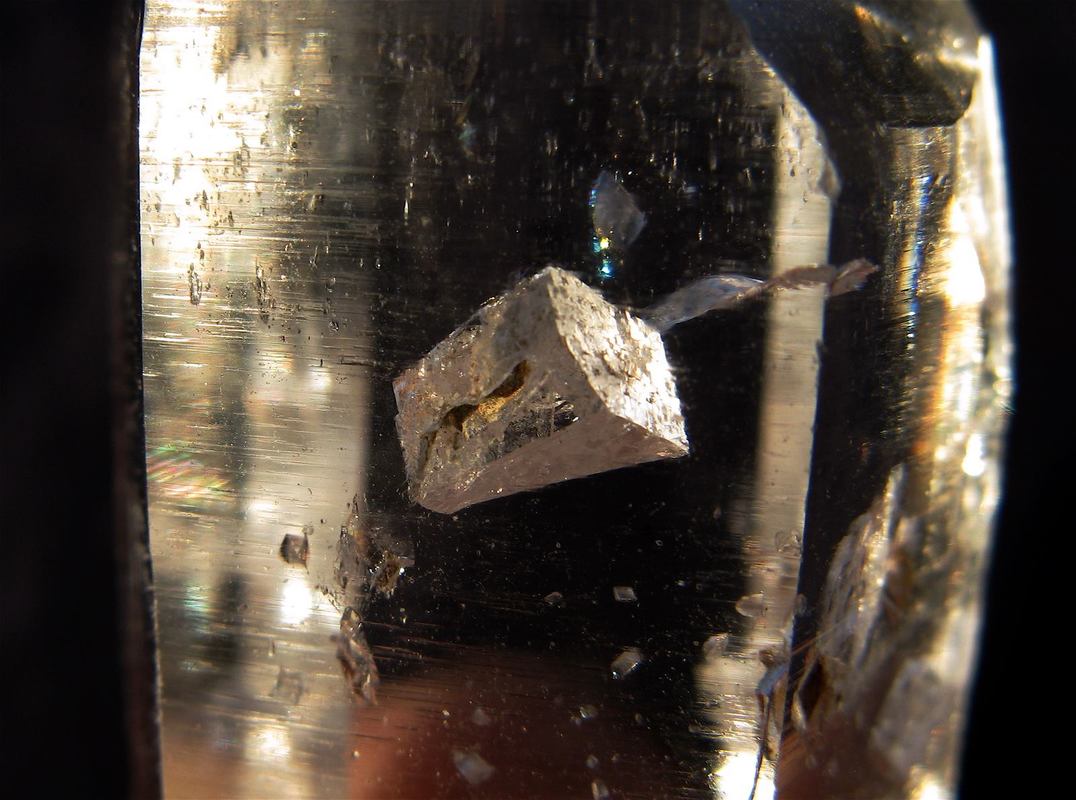|
Many quartz crystals have visible areas of previous contact with other crystals. Because the other individual crystals in the family grew so close, and the crystals were not on a parallel growth path, the quartz formed in such a way as to compensate for the other's presence in the ordering of molecules.
It may help to picture the way that a tree growing right next to a chain-link fence will, in time, envelope parts of the fence as it grows. In resting one’s finger or thumb on the contact impression of a quartz crystal one may note that the digit enters below the “surface barrier” of the crystal rather than merely resting on the flat face of the stone. This point of contact is an ideal way to enter and exchange with the vibrational frequency of the quartz crystal in a way with which it was formerly accustomed. The crystal actually compensated in molecular structuring and formed specifically in order to have an exterior member present in that area.
0 Comments
At a glance, this apparent mineral inclusion appears to be calcite, judging by its silvery-whitish color and rhomboid form. Upon closer inspection, however, one may perceive that there is a small opening on the quartz surface, indicating that it is actually a hollow rhombohedral cavity with traces of a reddish clay-like material near the opening.
This type of cavity is known as an "inclusion void" and the example shown in the photo is the natural cast of a calcite mineral that dissolved away during the formative phase of the crystal, leaving a perfect impression of itself inside the optically clear quartz. Often an inclusion void may be entirely enclosed within the quartz host, making positive identification difficult. Whether an actual mineral inclusion exists within the cavity, or if it is merely an empty void in the form of the mineral that was formerly present, may be difficult to determine. In this particular case the mineral cast is near to the surface of the quartz crystal and the opening to the hollow interior is visible, a clear indication of an inclusion void. "inclusion voids" -Inclusions in Quartz |
AuthorAndy & Maria share their input on Crystals and many other subjects. Archives
March 2020
Categories
All
|

 RSS Feed
RSS Feed